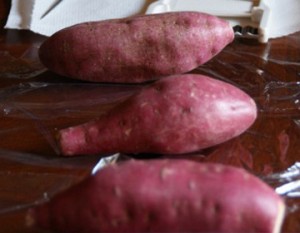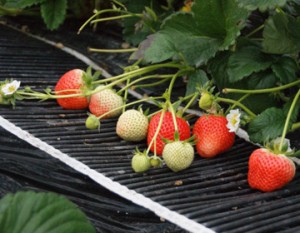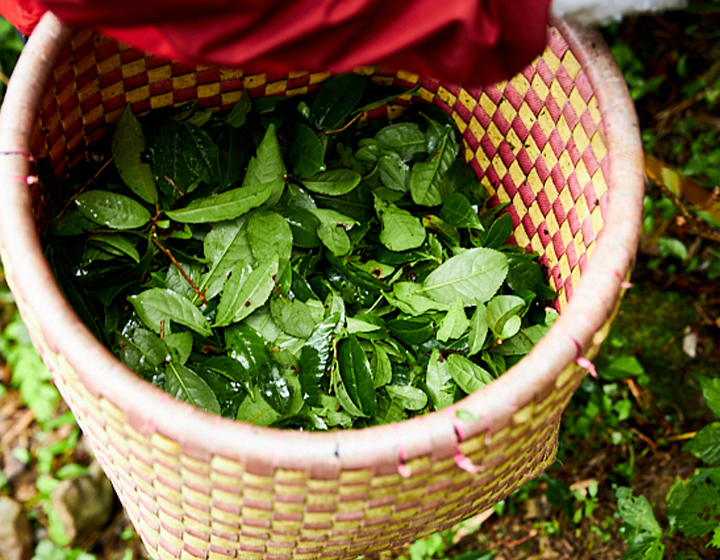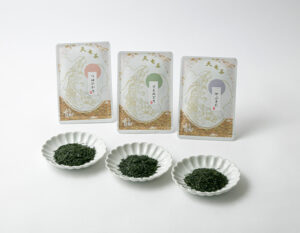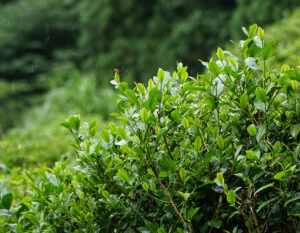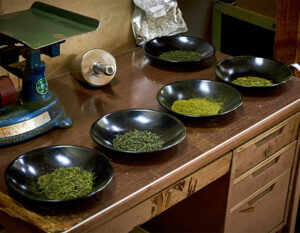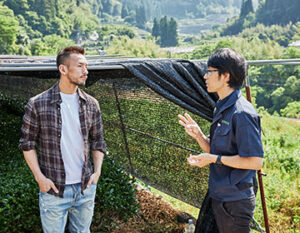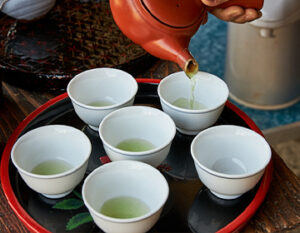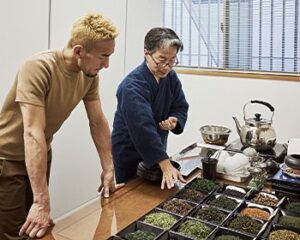Located in the eastern part of Tokushima Prefecture, Kamikatsu Town is the smallest town in Shikoku with a population of about 1,500, consisting of 55 villages of various sizes, but it is also known as the first progressive town in Japan to declare “zero waste” by setting a goal of “zero waste by 2020” in 2003.
What is Awa Bancha in Kamikatsu?
The road to Ayame Tonokawa ‘s house, the producer of Awa Bancha, is so narrow and winding that it is difficult for cars to pass each other. In the misty valley, terraced rice paddies can be seen. It is a beautiful town that resembles the original landscape of a Japanese farming village. Awa Bancha is a specialty tea that has been consumed in Tokushima Prefecture since ancient times. It is a “post-fermented tea” made by fermenting tea leaves with lactic acid bacteria, just like Pu’er tea in China and Goishi tea in Kochi Prefecture.

When I arrived, I found Mr. Tonokawa, a master of Awa-bancha tea production, picking tea leaves with local women wearing tea-picking baskets on their waists. He said, “Harvesting is not a tea plantation. We pick tea leaves that grow wild in the mountains,” said Ayame Tonokawa. Rather than plucking, it would be better to call it “plucking” from the branches.
How much do you make? (Nakada).
About 70 kilograms for my family. Most of it is for drinking at home and for giving away to friends, and the surplus is sold at the market. It’s not a business. My ancestors have been doing it for generations, and I have inherited it,” Tonokawa said.
Awa Bancha is rarely seen in the market, but it is very popular in Kamikatsu Town. It is served hot in winter and cold in summer. It is sometimes used to bathe babies.
The process of making Awa Bancha is born from the mutual help of the local community.
When we visited Mr. Tonokawa at 9:00 a.m. the day after the harvest, he was spreading out the wild tea leaves that had been harvested over a period of five days on a large blue sheet in his yard. From there, he first removes branches and debris, then boils them in a large pot, twists them in a machine, and soaks them in a vat. The important thing is how the tea leaves are boiled. We don’t have a fixed temperature for how long we boil the tea leaves. I just check the leaves and when I think it’s time, that’s it. It’s like a hunch. No one taught me how to do it, but I’ve been watching them since I was a child. That’s how I somehow learned it,” Tonokawa said.
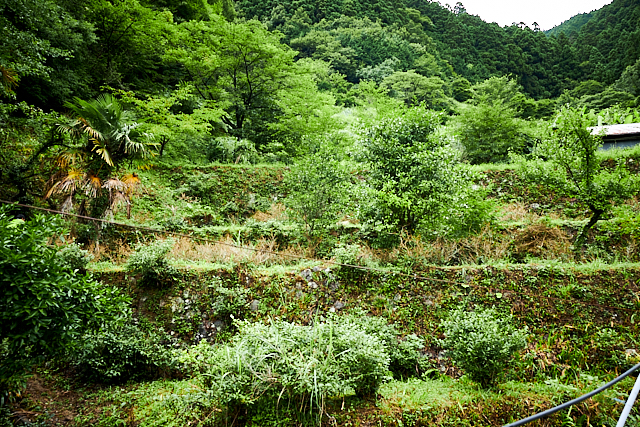
The family-wide Awa Bancha production is a summer tradition in this area. During this time of year, vendors who rent out the tea twisters, pots, and boilers visit several houses a day to help with the Awa late-night tea production. The work is divided among everyone, and the tea production proceeds handily.
Neighbors also help with tea picking and tea production, but they are all volunteers. In this area, it has always been called “teama-yaki” (borrowing time from others) or “teama-kaeri” (returning time to others), and it is common practice to help each other when both parties are busy. That ‘ s how we’ve always done it.
After the tea leaves are boiled and twisted, they are transferred to a large bucket-like tub. A small pile of tea leaves is then placed into the bucket. When the last tea leaves were placed in the vat, and when they had been stepped on enough, the brownish boiled water was poured into the vat. The tea leaves soaked in this way around the end of the rainy season were taken out at the end of the Bon Festival. During this time, the tea leaves ferment, giving it a unique flavor.
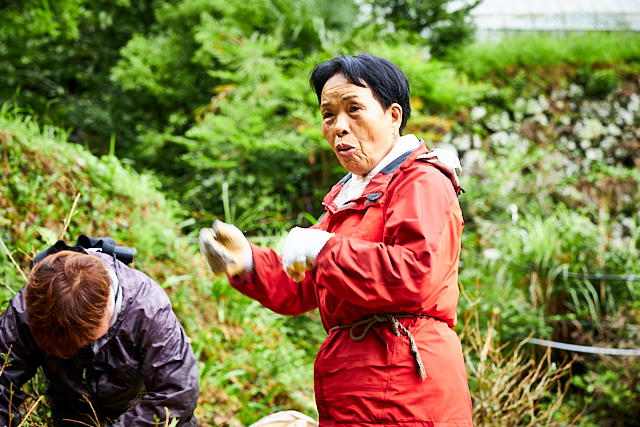
Shall I bring some stones? Mr. Tonokawa called out, and a number of large stones were brought in from the back of the house. These stones have been passed down in the Tonokawa family for generations for use in pickling. This method of preparation is one of the reasons why Awa Bancha is called “pickle tea. The Tonokawa family uses 150 to 180 kg of stones, which is heavier than other families. How much stone is piled up also varies from house to house. The Tonokawa family is also particular about how the stones are piled. The direction of the stones and the way they are placed affect the pressure applied to the tea leaves.
This is the end of the process! Wait about four weeks, let it dry in the sun, and you have Awa Bancha,” Tonokawa says.
After the work is finished, everyone enjoys a cup of cold Awa late-night tea. From tea picking to pickling, it was impressive to see the local people, led by Mr. Tonokawa, enjoying themselves so much. Awa Bancha plays a major role as a communication tool for the community. It seemed to me that this was much more valuable than earning an income by selling the tea they made.
